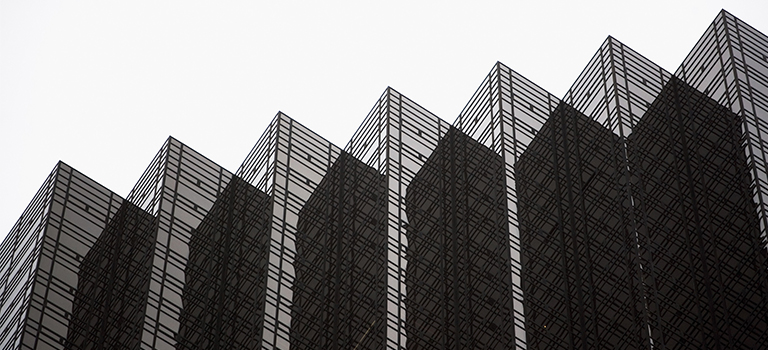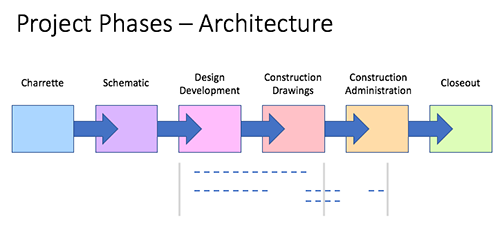Technical Area | Articles
The place to solve all your BIM doubts
How BIM can help in improving early-design stage?
Early Design Stage with BIM can aid for your designing phase. This article has got you covered with the complete benefits of 5D
BIM Implementation Infrastructures
Overview
3D based design-model is boomed since its existence in the AEC industry and is preferred more than the conventional method of 2D based design. BIM helps to provide quick decision-making authority to the designing teams and to facilitate management through a common shared model and data management from the early design stage.
Despite knowing the benefits derived from BIM implementation and adoption many have not been using it in the early design stage and makes the work of Architects more complexes as they are the one who plays a crucial role in the design stage to determine the intent of design, methodology and how BIM can be effectively used.
Most of the data is often missing for the architects to work on the early design phase even though it works with software and tools. BIM can change the design phase and provide collaborative design, accurate design visualization, sustainable design improvements and cost estimation of buildings from 3D extracted model.
BIM aids the information flow within the multi-disciplinary process in which sustainability issues and building performance analysis assist in a whole design phase. In the early design stage, it becomes necessary to ensure that the building constructed is functional, sustainable, liveable maintainable and operational is safe and secure using BIM.
BIM Collaboration provides an environment for information and knowledge sharing at the design stage.
Different phases of design

Pre-Design:- Architects starts preparing schematic model by using masses or real elements in a BIM environment to which later it is presented to the client. Rendering or walkthrough services do this presentation. Modification then is conducted, and thorough model is prepared. In this phase, scheduling (4D) which makes sure building is built in a given time, and cost estimation (5D) makes sure that constant track of the cost of the project is conducted.
Schematic Design: – All the idea will be now drafted to a sketch. The designers will prepare different sketches for the owner to choose from. In this stage, Site visits and brief meetings would take place. Schematic design stage includes concept design, concept review and client meetings. The estimate would contain the cost of an element.
Design Development: – This stage is also known as detailed design stage where the sketch will be developed in detail as per requirements. Appearance, views and details of the building will be finalized and also the other necessary detail of the project such as documents, finishes and material that are to be used. All the other parties involved in the construction of the project will produce final designs and documents. Once the stage is the process of getting complete, the output of the project is achieved.
Construction Document: – Final stage in the design process where design drawings are accomplished. Architects will prepare contract documents for tendering process.
5D BIM for Early Designs
The idea here was to create “Frozen Design” and to attain its first architectural drawings were made. The drawings that were used by contractors to process in construction were not possible to attain accurate “Frozen Designs”.
The process of making design got very complicated as how the building will work how they will be built and what cost would be incurred. And by merging all the difficulties mentioned above, it resulted in unplanned, costly, time-consuming design changes across overall construction lifecycle of the projects
With the advent of 5D BIM, it not only helped architects, owners, builders and engineers to explore current designs but also discuss design revisions that shall impact the project across completion stage which in turn enabled evaluation of elements from look to constructability.
The benefit that it leveraged were that it helped the project team to develop a clear understanding of the actual design, assumptions and cost drivers. Before the construction project begins, it will leave the team with accurate descriptions of scope, cost and schedule. Updated relevant data, change the construction costs in real-time. It helps to eliminate last moment funding decisions.
Design and estimation cycle time reduces as compared to conventional early designs. Visual and data modeling capabilities drive costs based on specific designs, materials, and other parameters for accurate information within the project timeline.
Conclusion
The early design is a core element for the Architects and engineers as depending upon design, and drawings are prepared from which scheduling and cost estimation which helps to identify the errors and risks post construction. Through different stages of design, we can know how the design process functionally works for architects and engineers.
Source: https://www.infrapioneer.com/how-bim-can-help-in-improving-early-design-stage/











